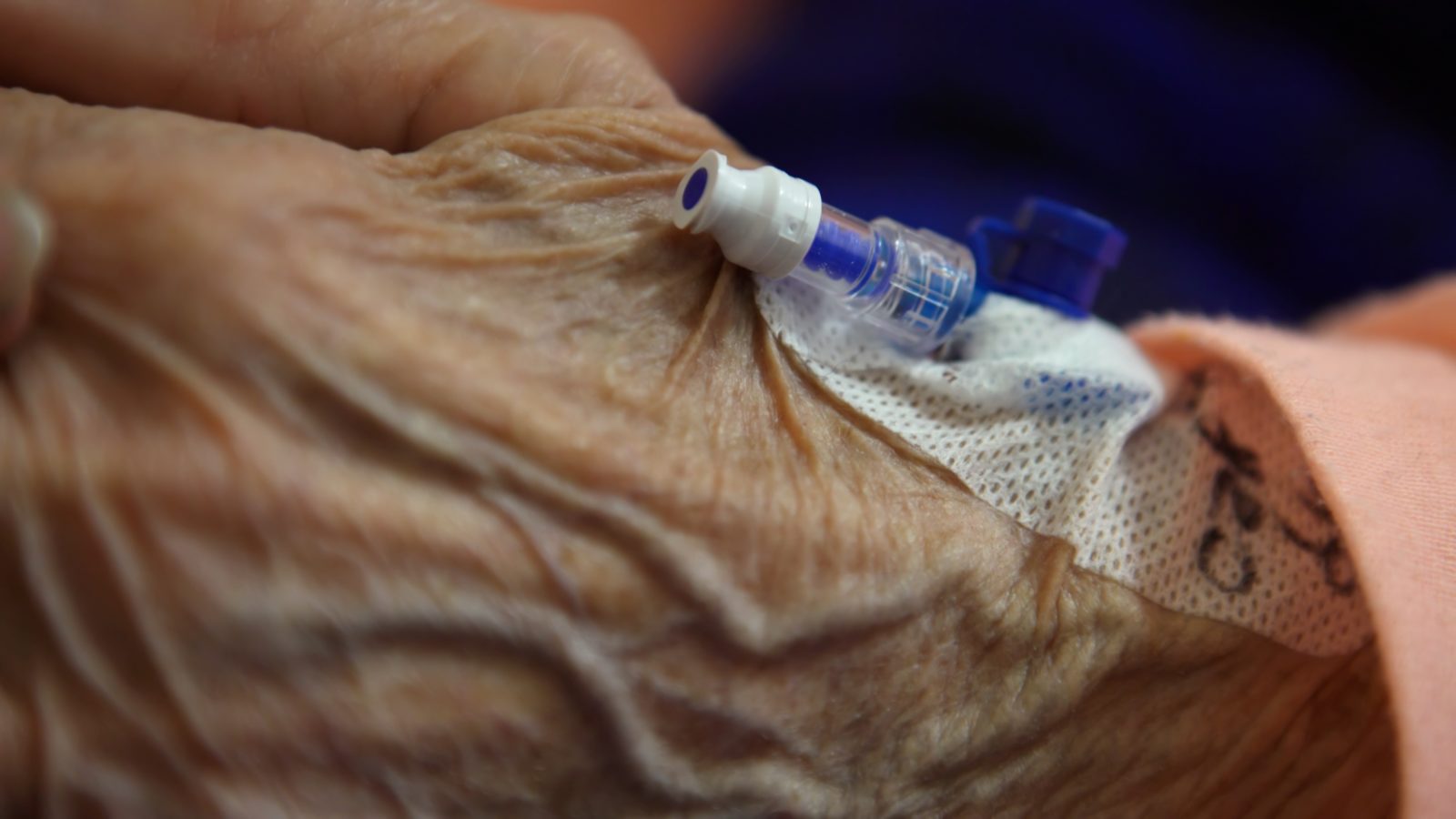Don’t Kill the Pain Relief Bill
Published in The Wall Street JournalLast week, by a vote of 271-156, the House approved the Pain Relief Promotion Act, designed to promote effective medical treatment of pain while deterring the misuse of narcotics and other controlled substances for assisted suicide. The bill’s passage prompted an outpouring of hyperbole and misinformation from opponents. Here are the facts about the act:
- It would not outlaw assisted suicide. Critics accuse Congress of “overturning” Oregon’s assisted-suicide referendum. Would that it did. In fact, the act would outlaw only the intentional use of controlled substances to cause death. Lethal substances not controlled by federal drug regulations could still be prescribed legally in Oregon for use in assisted suicide.
- It would not interfere with states’ rights. Under the Controlled Substances Act the federal government, not the states, has the authority to determine what is and is not a proper medical use of the drugs specified in the act. Thus, as an editorial in the (Portland) Oregonian noted, it is the Oregon law that “barges into an area of long-standing federal jurisdiction.” Thus passage of the act would return national uniformity to the enforcement of federal drug laws.
- It merely reaffirms existing federal law. Because the act declares that assisted suicide is not a “legitimate medical purpose” under the Controlled Substances Act, critics have wrongly accused supporters of granting new authority to the Drug Enforcement Agency to punish doctors. In fact, DEA has had that authority for nearly 30 years. Since 1980 it has brought more than 250 enforcement actions for violating the federal legal standard of “legitimate medical purpose.”
- The medical community overwhelmingly favors it. Proponents of the bill include the American Medical Association, the National Hospice Organization, the Hospice Association of America, the American Academy of Pain Management, the American Society of Anesthesiologists and the American College of Osteopathic Family Physicians. (True, support isn’t unanimous. Dissent within the medical community has been led by the Rhode Island Medical Association.)
- It has broad bipartisan support. Seventy-one House Democrats voted for the bill, and its Senate sponsors include Joe Lieberman (D., Conn.), Chris Dodd (D., Conn.) and Evan Bayh (D., Ind.).
- It would enhance pain control. If the act becomes law, pain control will for the first time be specifically identified in federal law as a proper use of controlled substances — even if the use of pain-controlling drugs has the unintended side effect of causing death. That is a much-needed legal reform, because many doctors fail to treat pain aggressively because they fear the government’s second-guessing. Several states have recently passed similar laws, leading to dramatic increases in the use of morphine and other palliative medications.
The Pain Relief Promotion Act looks likely to pass the Senate. If President Clinton truly feels our pain, he will sign it the moment it hits his desk
